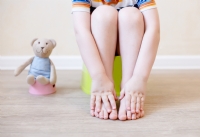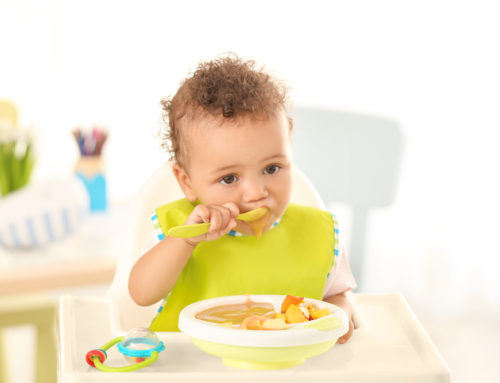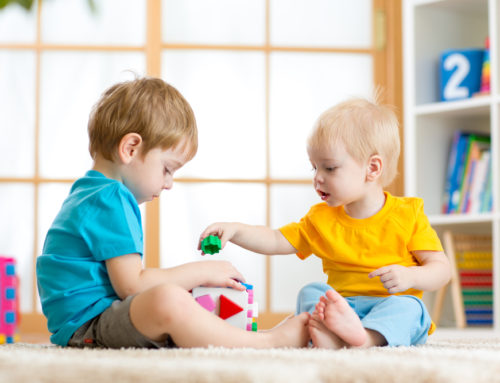_x000D_
Toilet training: It’s one of those parenting rites of passage. Of course, getting to that point is a challenge that new parents may dread, one that involves tons of patience (sometimes, more than you may have bargained for.)
But before you throw your hands up in the air and cry mercy, consider this sage advice from some toilet-training professionals that have literally ‘been there, done that.’ By heeding their tips for getting the job done right, it won’t be long before you and your child can say so long to diapers—and hello to big-kid underpants.
Let’s Get This Potty Started
Once your child has reached his second birthday, you may be wondering if it’s too soon to bring out the potty seat. According to the experts, there is no set age to begin toilet training. “In my over twenty years of pediatric experience and caring for thousands of children, many toddlers seem to have easier success between ages two and three,” says Dr. Jen Trachtenberg, a pediatrician in Manhattan (www.Dr-Jen.com). “It very much depends on the individual child, no matter if it’s a boy or a girl.”
Ashley Hickey, owner of Successful Potty Training (www.Successfulpottytraining.net), agrees. “Your child’s gender doesn’t make him or her easier or harder to train,” she says. “Your child’s ability to learn this important skill depends on how quickly he or she learns and how motivated your child is to learn to use the potty.”
To gauge whether now is good time, read the cues: Your child can pull their pants up or down on their own, climb onto the toilet themselves, asks for their diaper to be changed or is holding urine for longer periods of time. “If you regularly change your child’s diapers every few hours and you find that she isn’t wet at every change, then she is showing evidence of bladder control,” notes Hickey.
Once you bring out a potty seat, allow your child to get used to it by sitting on this seat periodically (Trachtenberg recommends every hour or so). “I prefer to toilet train while using underwear and not in a diaper, as your child will feel the urge much better in cotton underwear instead of super absorbent diapers,” she adds.
Making the bathroom a designated space for your child is also helpful. Hickey recommends outfitting this space with special books, toys and activities that he or she can use only when sitting on the potty. “The goal is to have your child sit for 10 minutes. Use a timer to slowly increase time on the potty,” she offers.
Tips and Tricks for Success
To keep your child’s toilet training experience running smoothly, stay positive. Trachtenberg suggests offering praise all around, even if it’s just for sitting on the potty. Positive reinforcement through small gestures—stickers, extra story time, more tickles and hugs—are also recommended. Create a consistent routine throughout the day. “Use the same bathroom, practice flushing and washing hands each time as well,” she adds. And don’t ask them if they have to go—simply take them to the bathroom and have them try.
And since potty training often requires all hands on deck, be sure that your caregivers are involved in this process. “You and everyone who regularly spends time with your child, such as grandparents, sitters and therapists, need to be committed to helping him reach the goals of training,” says Hickey. “Make sure they know what you are doing, how you are doing it and exactly what they need to do to continue to help him learn and progress.”
If you find that your child is suddenly pushing back, follow their lead. “Toddlers often want to assert their independence and not go because they are feeling forced or not ready to give up their diapers,” notes Trachtenberg. “Respect their wishes, take a break and start again at a later date.”
One Step Forward…
As is true with many parenting milestones, progress can be slower than expected and may lead to feelings of frustration, both for you and your child. “Potty training regression is very common,” notes Trachtenberg. “Toddlers are busy and don’t want to stop a preferred activity to go to the bathroom.”
In case of accident, have your child help clean up or get a change of underwear. But don’t get angry, yell or punish your child—negative signs that can lead to long-term consequences like withholding and chronic constipation. (If regression becomes more frequent, talk to your pediatrician about consulting a pediatric urologist, who can help you manage your child’s progress.)
For the long haul, be sure your child is drinking plenty of water and eating fruits and veggies, leading to a full bladder and easier bowel movements. “Toilet training is just another learning process for your child,” notes Trachtenberg. “Be supportive and I promise eventually it will happen.”
_x000D_
_x000D_




